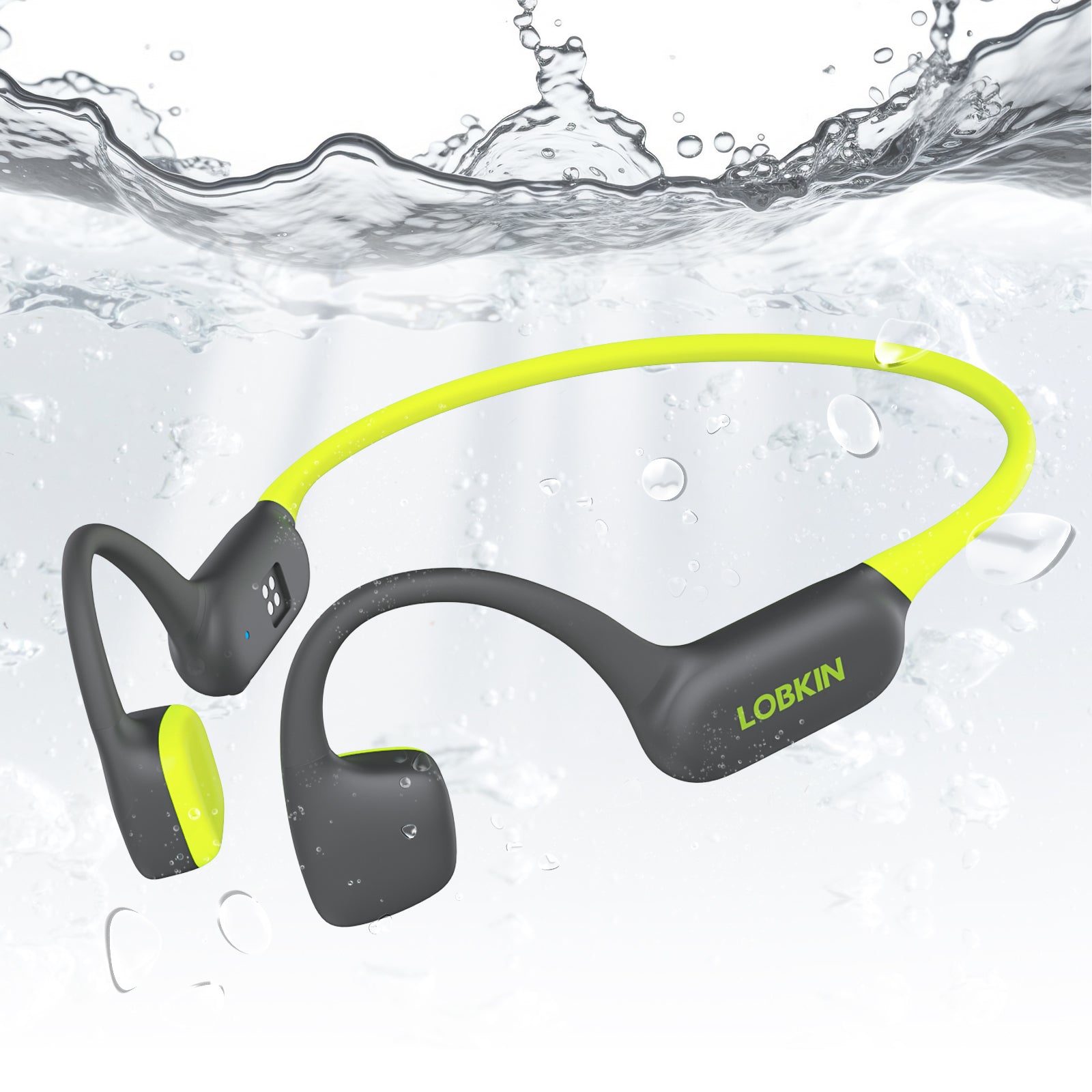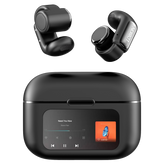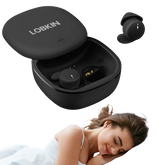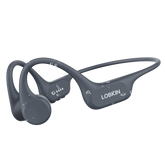Healthy Listening: Best Practices for Long-Term Headphone Use
Introduction
Headphones have become an essential part of modern life. We use them for work, entertainment, exercise, and relaxation. However, prolonged headphone use can lead to hearing damage, ear infections, and other health issues if not done properly. The good news? With proper habits and awareness, you can enjoy headphones safely for decades without damaging your hearing or health.
The 60/60 Rule
The 60/60 rule is the gold standard for safe headphone use: Listen at no more than 60% of maximum volume, take a break every 60 minutes, and rest ears for 5-10 minutes between sessions.
Why These Numbers?
60% volume typically equals 75-85 dB on most devices, which is safe for extended listening. 60 minutes prevents ear fatigue, reduces cumulative exposure, and allows hair cells to recover.
Choosing the Right Volume
The Conversation Test
Put on headphones at your normal volume and ask someone to speak to you from 3 feet away. If you cannot hear them clearly, volume is too loud.
Volume Guidelines by Environment
Quiet environment: 40-50% volume is sufficient. Moderate noise: 50-60% volume maximum. Noisy environment: 60% maximum, no exceptions. Use noise-isolating or noise-cancelling headphones instead of raising volume.
Taking Proper Breaks
Why Breaks Matter
Your ears need rest to allow hair cells to recover from stimulation, reduce cumulative noise exposure, prevent ear fatigue and discomfort, and reset your perception of normal volume.
Effective Break Strategies
The 60/60 break: 60 minutes listening, 5-10 minutes complete silence. The 45/15 break: 45 minutes listening, 15 minutes break for intensive use. The 30/5 break: 30 minutes listening, 5 minutes break for high volume environments.
Proper Headphone Fit
In-Ear Headphones
Choose the right ear tips by trying all included sizes. Proper seal is crucial for sound quality and safety. Insert at slight angle and twist gently to seal.
Over-Ear Headphones
Ear cups should fully encompass ears with headband centered on top of head. Ensure even pressure on both sides with no gaps between pads and head.
Bone Conduction Headphones
LOBKIN X10 and X25 position transducers on cheekbones just in front of ears. Benefits include no ear canal pressure, no ear fatigue, better hygiene, and situational awareness.
Hygiene and Maintenance
Daily Cleaning
After each use, wipe down with dry cloth, remove visible debris, let air dry before storing, and store in clean case.
Weekly Deep Clean
For in-ear headphones, remove ear tips and wash with mild soap and water. Clean mesh with dry cotton swab. For over-ear headphones, wipe ear pads with damp cloth and clean headband. Disinfect weekly with 70% isopropyl alcohol.
Never Share Headphones
Sharing spreads bacteria, viruses, ear infections, and skin conditions. If you must share, disinfect thoroughly first.
Recognizing Warning Signs
Immediate Warning Signs
Stop using headphones immediately if you experience ringing in ears (tinnitus), muffled hearing, ear pain or discomfort, dizziness or vertigo, or feeling of fullness in ears.
Long-Term Warning Signs
Consult an audiologist if you notice gradual hearing loss, persistent tinnitus, difficulty understanding speech in noisy environments, need to increase volume over time, or ear infections becoming more frequent.
Special Considerations
For Remote Workers
If you use headphones 6-8 hours daily, invest in high-quality comfortable headphones, use speakers when possible, take breaks every 45-60 minutes, keep volume at 40-50%, and consider bone conduction for all-day comfort.
For Students
Online learning requires extended headphone use. Use volume-limited headphones, take breaks between classes, use speakers for recorded lectures when possible, and keep volume low enough to hear surroundings.
For Gamers
Gaming sessions can last hours. Set volume at start and do not increase, take 10-minute break every hour, use open-back headphones for less pressure, and keep game audio balanced.
For Music Producers
Critical listening requires special care. Use studio monitors when possible, keep headphone sessions under 2 hours, take frequent breaks, use lower volumes for mixing, and get regular hearing tests.
Choosing Headphones for Health
Features That Promote Healthy Listening
Volume limiting: Hardware-based 85dB limit for kids, software volume warnings, automatic volume adjustment. Noise cancellation: Reduces need to increase volume and allows lower safer volumes. Comfort features: Soft breathable materials, adjustable fit, lightweight design, pressure-relieving pads.
LOBKIN Recommendations
For all-day work: Bone conduction X10 or X25 for comfort. For exercise: X10 or X25 bone conduction for safety and sweat resistance. For kids: S16, S31, or S33 with 85dB volume limiting.
Safe Listening Duration by Volume
| Volume Level | Maximum Daily Exposure |
|---|---|
| 85 dB (60%) | 8 hours |
| 88 dB | 4 hours |
| 91 dB | 2 hours |
| 94 dB | 1 hour |
| 100 dB+ | 15 minutes or less |
Creating a Healthy Listening Environment
Reduce Background Noise
Lower background noise means you can use lower volumes. Close windows to reduce traffic noise, use noise-cancelling headphones in loud environments, choose quiet spaces for listening when possible, and use sound-absorbing materials in your space.
Optimize Your Workspace
For remote work or study, position yourself away from noisy areas, use acoustic panels if possible, communicate with household about quiet times, and consider white noise machines for privacy without headphones.
Teaching Kids Healthy Habits
For Young Children (3-7 years)
Limit headphone use to 1-2 hours per day, supervise headphone use, use volume-limited headphones only, teach them to tell you if ears hurt, and make ear breaks part of routine.
For Older Children (8-12 years)
Explain why hearing protection matters, teach them to recognize unsafe volumes, encourage breaks during long sessions, model good listening habits yourself, and schedule regular hearing check-ups.
For Teens (13+ years)
Discuss long-term consequences of hearing loss, explain that hearing damage is permanent, encourage use of volume-limited headphones, warn about concert and event noise, and promote ear protection at loud venues.
When to Seek Professional Help
See an Audiologist If
You experience persistent tinnitus lasting more than 24 hours, sudden hearing loss or significant change, pain or discharge from ears, dizziness or balance problems, difficulty understanding speech, or need to constantly increase volume.
Regular Hearing Tests
Adults should get baseline hearing test at age 18, then every 3-5 years. More frequent testing if you use headphones heavily, work in noisy environment, have family history of hearing loss, or notice any changes in hearing.
Technology to Help
Volume Monitoring Apps
Many apps can track your listening levels and duration. iOS Health app tracks headphone audio levels, Android Sound Amplifier monitors volume, third-party apps provide detailed analytics, and some apps send alerts when volume is too high.
Smart Features
Modern headphones often include automatic volume adjustment based on environment, hearing health monitoring, usage time tracking, and volume limit settings.
The Cost of Hearing Damage
Health Impact
Hearing loss affects quality of life, social relationships, mental health (depression, anxiety, isolation), career opportunities, and enjoyment of music and entertainment.
Financial Impact
Hearing aids cost $1,000-$6,000+ per ear, require regular audiologist visits, need replacement every 5-7 years, and involve ongoing maintenance costs. Prevention through healthy listening habits costs nothing.
Myths About Hearing Health
Myth: Young people don't need to worry about hearing loss
Reality: Hearing damage is cumulative. Damage in youth affects you for life. 1 in 5 teenagers already has some hearing loss.
Myth: Hearing loss is reversible
Reality: Noise-induced hearing loss is permanent. Hair cells in the inner ear do not regenerate. Prevention is the only solution.
Myth: If it doesn't hurt, it's not damaging
Reality: Hearing damage occurs without pain. By the time you notice problems, significant damage has occurred.
Myth: Expensive headphones prevent hearing damage
Reality: Price doesn't determine safety. Any headphones can cause damage at high volumes. Better headphones may sound good at lower volumes, but volume control is key.
Quick Reference Guide
Daily Checklist
- Start at 50% volume or lower
- Set timer for 60-minute breaks
- Clean headphones after use
- Store properly in case
- Check for any discomfort or warning signs
Weekly Checklist
- Deep clean headphones
- Disinfect ear tips or pads
- Check for wear and damage
- Review listening habits
- Adjust if needed
Monthly Checklist
- Evaluate overall listening time
- Check for any hearing changes
- Replace worn ear tips or pads
- Update volume limit settings if needed
- Consider professional hearing check if concerned
Conclusion
Healthy, long-term headphone use is entirely possible with proper habits and awareness. By following the 60/60 rule, choosing appropriate volumes, taking regular breaks, maintaining good hygiene, and recognizing warning signs, you can enjoy headphones safely for decades without damaging your hearing or health.
Remember, hearing damage is permanent and irreversible, but it is also entirely preventable. The small effort of developing healthy listening habits now will pay dividends throughout your life. Your future self will thank you for protecting your hearing today.
Whether you use LOBKIN bone conduction headphones for exercise, volume-limited kids headphones for safe listening, or any other headphones for work and entertainment, these principles apply universally. Start implementing these healthy listening practices today and enjoy a lifetime of great sound without compromising your hearing health.







